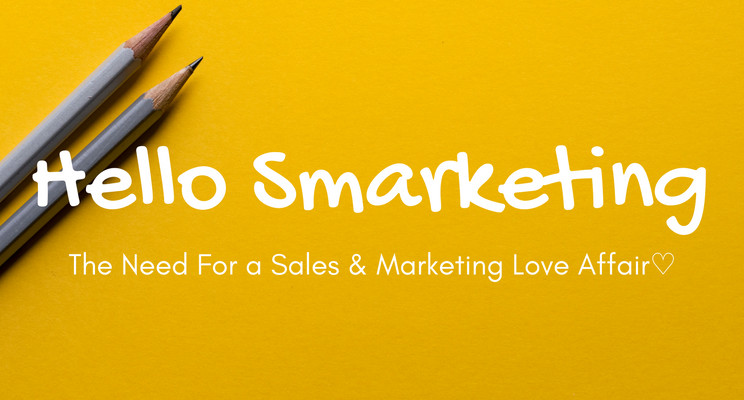As a seasoned digital marketing professional, I’ve witnessed firsthand the evolution of lead generation and nurturing. In the early days, the journey from “Top of Funnel” (TOFU) to “Bottom of Funnel” (BOFU) seemed straightforward. Qualified leads were passed to dedicated salespeople, while marketers continued to nurture the rest.
However, I quickly realized that the best marketing strategies aimed to qualify and nurture leads to a point where the salesperson’s closing task became streamlined. Ideally, the salesperson would only need to present pricing and finalize the deal.
After all, let’s be honest: true marketers, especially in the online realm, aren’t meant to be closers. We excel at generating, qualifying, and nurturing leads, leaving the closing to the skilled professionals in sales.
Unfortunately, many businesses struggle with the transition from “Marketing Qualified Lead” (MQL) to “Sales Qualified Lead” (SQL). They often fail to understand that inbound marketing extends far beyond mere lead generation.
Inbound marketing is a continuous journey of connecting, collecting, and nurturing leads. While we attract leads through various channels like paid advertising, social media, and content marketing, our responsibility doesn’t end with form submissions. We continue to engage with leads, sending follow-up emails, making phone calls, and addressing their concerns.
This ongoing communication goes beyond the initial conversion. Just because a lead filled out a form doesn’t mean they’re ready to buy. We, as marketers, need to ensure they’re truly engaged and qualified before handing them over to sales.
Here’s where the concept of “Smarketing” comes in. This collaboration between sales and marketing teams is crucial for maximizing lead conversion. By working together, we can ensure:
- Qualified leads: Marketing nurtures leads until they’re ready for sales engagement, reducing the risk of unqualified leads wasting valuable sales time.
- Closed deals: Sales teams can focus on closing deals with qualified leads, leading to higher conversion rates.
- Improved communication: Regular communication between sales and marketing teams helps identify any gaps in the lead nurturing process and address them proactively.
- Valuable insights: Sales feedback informs marketing efforts, allowing for targeted content and messaging that resonates with potential customers.
The key is to create a defined process for handling leads throughout their journey. This includes clear criteria for qualifying leads and transitioning them between marketing and sales teams. It also requires constant communication and feedback to ensure both teams are aligned and working towards the same goals.
By abandoning the traditional funnel mentality and embracing a collaborative approach, marketing and sales can become a powerful force driving business success.
Happy Smarketing!
About the Author:
With a decade of impactful marketing leadership, I’ve steered brands toward sustainable growth through innovative digital strategies. From venturing into new markets to safeguarding data integrity, my journey is built on achieving results with unwavering commitment. Let’s connect and explore the possibilities of driving your brand forward.
Connect with me: LinkedIn
#MarketingLeader #InnovativeGrowth #ResultsDriven

Comments are closed, but trackbacks and pingbacks are open.